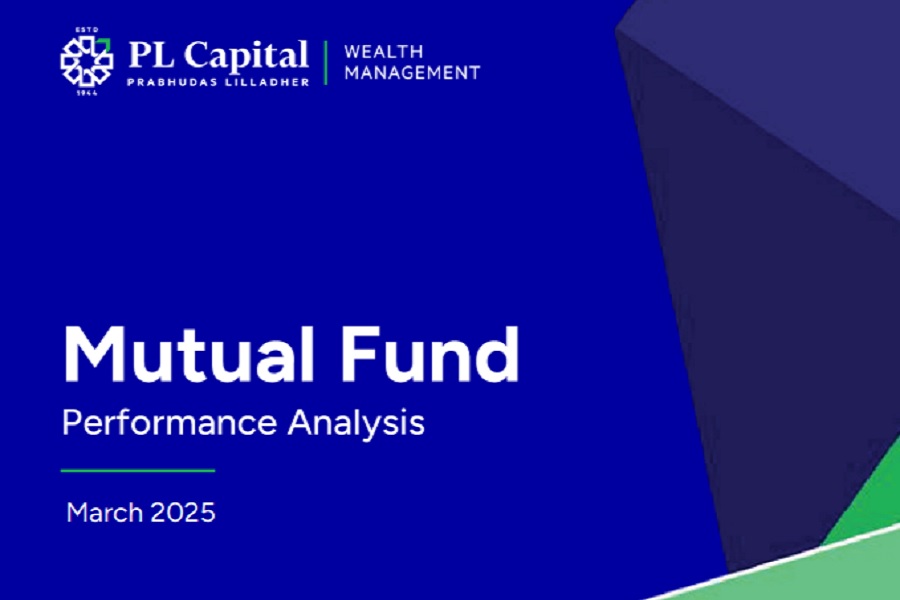The Domestic Liquidity Tracker: High Cash & Strong Flows may not be a Shield: Lessons from the 2018–2020 SMID Correction by Elara Securities India

Flow Summary- Equity inflows hit 13-Month low amid broad-based slowdown. Sectoral/Thematic flows dry up
* Equity mutual fund inflows hit a 13-month low in May 2025, declining to INR 19,000 crore from INR 24,000 crore in April (54% drop from record INR 42,000 crore inflow in Oct’24).
* The slowdown was broad-based, with the largest m-o-m decline in Flexi-cap funds, followed by Large-cap and Value funds. Notably, Value funds witnessed their first monthly outflow since Jan’22.
* While inflows into Mid and Small-cap funds have been steadily tapering since the start of 2025, the pace of decline has been more gradual.
* Thematic & Sectoral fund inflows have almost dried up, with only INR 2,050 crore raised in May—out of which ?1,800 crore came from two NFOs. In CY24, Thematic funds had seen average monthly inflows of INR 13,000 crore, which has slumped to INR 3,800 crore in CY25.
* Manufacturing funds have posted outflows for six months and Innovation and Quant strategies have also lost momentum. Among Sectoral funds, Energy-themed schemes are now seeing redemptions after strong inflows between Jan‘24 to Feb’25.
Inflows into Sectoral/Thematic Funds –Manufacturing, Energy, Infra, Quant funds start seeing pressure
* We highlight flow into various Sectoral and Thematic funds. The most pronounced investor enthusiasm in this cycle was seen in Manufacturing, Innovation, Business Cycle, and Infrastructure-themed funds. However, Manufacturing has already witnessed redemptions over the past few months, and inflows into other categories have also decelerated.
* Among sectoral funds, Energy and Infra categories have also begun to see outflows. Notably, a significant portion of the inflows into these thematic and sectoral funds occurred during CY 2024, post which the performance of most of these funds has come under pressure.
Midcap Inflows in 2018-2019 v/s current cycle– Midcap inflows in 2018-19 correction remained strong
* A common market argument is that strong domestic inflows into Midcap funds will prevent a major correction. However, history suggests otherwise. During the significant Midcap underperformance between 2018 and 2019—when Midcaps lagged Largecaps by 33%—mutual fund inflows remained robust.
* In fact, actual redemptions only began after the bulk of the correction had already played out by July 2020. Similarly, during the sharp decline from October 2024 to March 2025, Midcap flows not only held up but even accelerated. FII flows have a stronger correlation with the performance.
Smallcap Inflows in 2018-2019 v/s current cycle– Smallcap inflows also strong in 2018-2019 period
* A similar pattern is evident in Smallcap flows. To assess the influence of fund flows on market direction, we compare them relative to the market cap. During the 2018–2019 correction, Midcap inflows averaged about 6bps per month as a percentage of NSE Midcap market cap—only slightly higher than the current cycle’s average of 5bps.
* For Smallcaps, the monthly inflow rate was around 20bps in the 2018–2019 correction, which remains largely unchanged in the current phase.
Smallcap returns underperforming Largecap since Jan’25– Midcaps also showing some weakness
* Since Jan’25, the 1-year relative performance of Smallcap schemes has started to trail behind Largecap schemes— a trend last observed between Jun’18 and Aug’20 period. Meanwhile, the relative performance of Midcap schemes versus Largecap schemes has hovered around the zero line in recent months.
* Historically, a more pronounced phase of Midcap underperformance tends to unfold once the median 1-year returns of Midcap schemes begin to consistently lag those of Largecap schemes.
How elevated are cash levels among Domestic funds ? Implications for Market Structure and Leadership
Current Positioning: High Cash Reflect Valuation Concerns
* Overall cash levels of MF industry remain elevated, particularly concentrated within three AMCs. It important to understand that this is not a short-term tactical move but a strategic positioning reflecting caution on current market valuations—especially in the Mid and Smallcap segments.
* The persistence of high cash balances over a long period—despite ongoing market strength—suggests that most of these FMs are not likely to aggressively chase secondary market rallies. Rather than deploying cash in the secondary market, FMs are channeling liquidity into the primary market. A large chunk of this paper supply has come from promoter divestments and PE exits, not new capital formation. This signals distribution, not expansion.
* Almost 25% of the total cash in the system is held by only 4 schemes & 50% by 18 schemes. Most of these schemes have maintained elevated cash level for more than a year. Importantly, 25% of the incremental inflow over past 9-months have come in 12 schemes which has not got totally deployed in the market, raising cash levels.
Scheme Cash Levels– Just 5 schemes hold 30% of the Industry cash. Most cash on back of large inflows
* We illustrate how cash holdings are heavily concentrated across a few schemes, largely due to substantial inflows in recent months. Notably, just five schemes account for 30% of the total mutual fund cash.
* Instead of deploying these funds in the secondary market, fund managers are increasingly directing this liquidity toward the primary market, where issuance activity has picked up momentum again since May 2025.
Above views are of the author and not of the website kindly read disclaimer






















